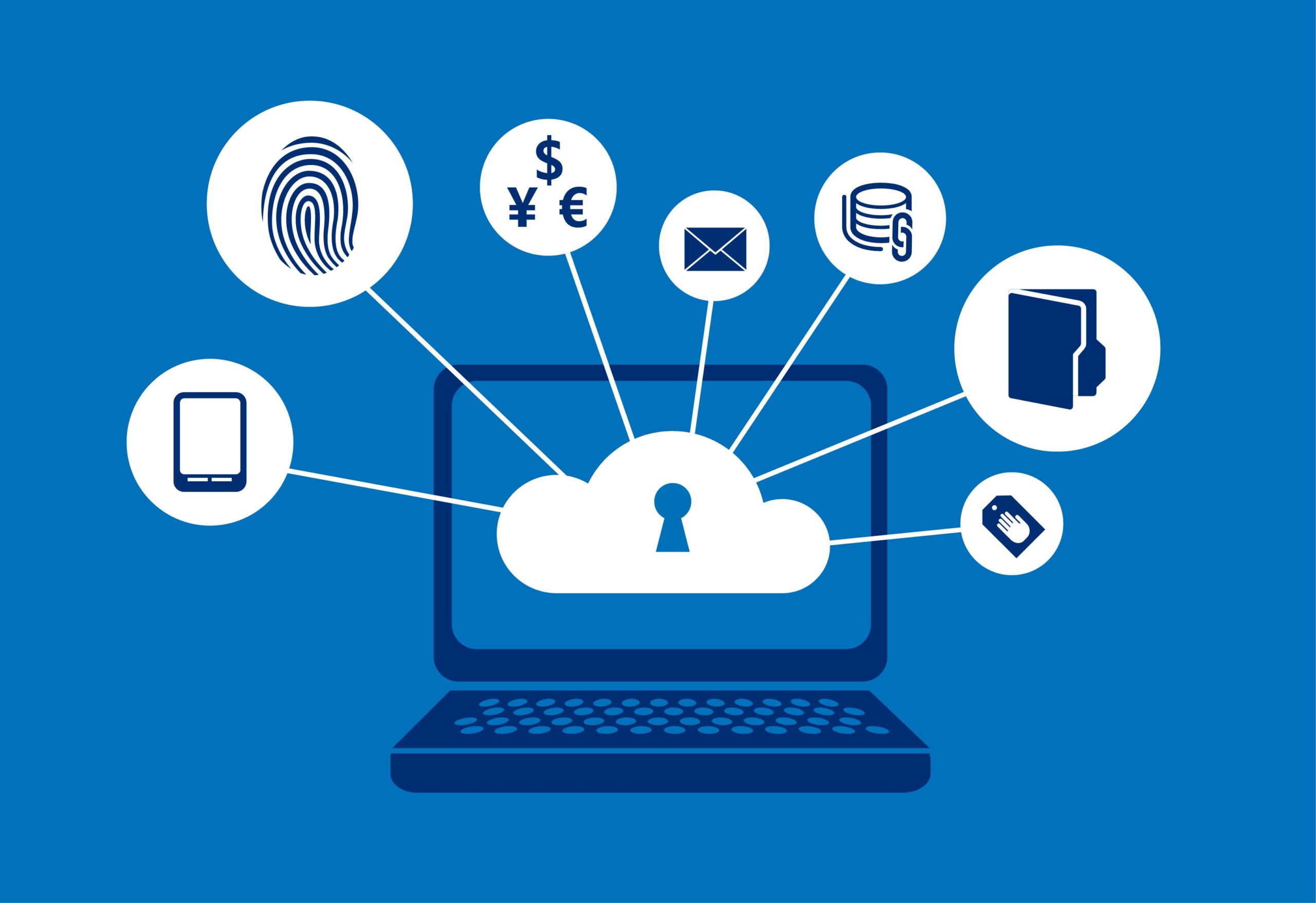The advent of 5G technology marks a significant leap in connectivity, promising faster speeds and enhanced communication capabilities. However, with these advancements come new cybersecurity challenges that demand our attention. In “Cybersecurity In The Age Of 5G: Protecting Data In 2024,” we will delve into the intricate landscape of data protection amidst the rapid deployment of 5G networks. As we embrace this new era, understanding the implications for cybersecurity becomes crucial for individuals and organizations alike.
In the following sections, we will explore the potential vulnerabilities introduced by 5G technology and the strategies that can be employed to safeguard sensitive information. From the rise of IoT devices to the increased risk of cyberattacks, we will provide insights into the evolving threat landscape. Additionally, we will discuss best practices for implementing robust security measures that can help mitigate risks and protect data integrity in this hyper-connected world.
As we navigate through the complexities of cybersecurity in 2024, it is essential to stay informed and proactive. This article aims to equip you with the knowledge and tools necessary to enhance your cybersecurity posture in the age of 5G. Join us as we uncover the critical aspects of protecting your data and ensuring a secure digital environment in the years to come. Read on to empower yourself with the information you need to thrive in this new technological frontier.
As we transition into 2024, the advent of 5G technology brings unprecedented opportunities for connectivity and data exchange. However, it also introduces significant cybersecurity challenges that must be addressed to protect sensitive information. This article explores key subtopics related to cybersecurity in the age of 5G, providing insights into how organizations can safeguard their data.
Understanding the 5G Security Landscape
The rollout of 5G networks has transformed the telecommunications landscape, but it has also created new vulnerabilities. Unlike previous generations, 5G networks are designed to support a vast number of devices, increasing the attack surface for cybercriminals. Understanding the unique security challenges posed by 5G is crucial for organizations looking to protect their data.
5G networks utilize a more complex architecture, including network slicing and edge computing, which can introduce additional security risks. Organizations must be aware of these complexities and implement robust security measures to mitigate potential threats. This includes adopting a zero-trust security model and ensuring that all devices connected to the network are secure.
The Role of Artificial Intelligence in Cybersecurity
Artificial Intelligence (AI) plays a pivotal role in enhancing cybersecurity measures in the 5G era. AI-driven solutions can analyze vast amounts of data in real-time, identifying anomalies and potential threats more efficiently than traditional methods. This capability is essential for organizations that need to respond quickly to emerging cyber threats.
Moreover, AI can automate many cybersecurity processes, reducing the burden on IT teams and allowing them to focus on strategic initiatives. By leveraging machine learning algorithms, organizations can continuously improve their security posture and adapt to the evolving threat landscape.
Securing IoT Devices in a 5G World
The proliferation of Internet of Things (IoT) devices is one of the most significant impacts of 5G technology. However, these devices often lack robust security features, making them prime targets for cyberattacks. Organizations must prioritize the security of IoT devices to protect their networks and sensitive data.
Implementing strong authentication mechanisms, regular software updates, and network segmentation can help secure IoT devices. Additionally, organizations should consider using a centralized management system to monitor and manage all connected devices, ensuring that any vulnerabilities are promptly addressed.
Data Privacy Regulations and Compliance
As data privacy concerns continue to grow, organizations must navigate a complex landscape of regulations and compliance requirements. In the age of 5G, the volume of data generated and transmitted increases significantly, making it essential for organizations to understand their obligations under laws such as GDPR and CCPA.
Compliance with these regulations not only helps protect consumer data but also enhances an organization’s reputation. Implementing data protection strategies, such as encryption and access controls, can aid in meeting compliance requirements while safeguarding sensitive information.
Threats and Vulnerabilities Unique to 5G Networks
5G networks introduce specific threats and vulnerabilities that organizations must be aware of. These include potential attacks on network slicing, which could allow cybercriminals to access sensitive data from different segments of the network. Additionally, the increased reliance on cloud services in 5G environments can expose organizations to new risks.
To combat these threats, organizations should conduct regular security assessments and penetration testing to identify vulnerabilities within their 5G infrastructure. Staying informed about the latest threat intelligence and trends can also help organizations proactively address potential risks.
The Importance of Employee Training and Awareness
Human error remains one of the leading causes of data breaches. In the context of 5G, where the complexity of networks can lead to confusion, employee training and awareness are more critical than ever. Organizations must invest in comprehensive training programs to educate employees about cybersecurity best practices and the specific risks associated with 5G technology.
Regular training sessions, phishing simulations, and awareness campaigns can help create a culture of security within the organization. By empowering employees to recognize and respond to potential threats, organizations can significantly reduce their risk of cyber incidents.
Incident Response Planning in a 5G Environment
Having a robust incident response plan is essential for organizations operating in a 5G environment. The speed and scale of 5G networks mean that cyber incidents can escalate quickly, making it crucial to have a
| Aspect | Description |
|---|---|
| Introduction to 5G | 5G technology promises faster speeds, lower latency, and the ability to connect more devices simultaneously, revolutionizing communication and data transfer. |
| Increased Vulnerabilities | The expansion of 5G networks introduces new vulnerabilities, including potential attacks on IoT devices and increased risks of data breaches. |
| Data Protection Strategies | Implementing robust encryption methods, regular software updates, and strong authentication protocols to safeguard sensitive data. |
| Regulatory Compliance | Organizations must adhere to regulations such as GDPR and CCPA to ensure data privacy and protection in the 5G landscape. |
| Threat Detection and Response | Utilizing advanced threat detection systems and incident response plans to quickly address and mitigate cybersecurity threats. |
| Future Trends | Anticipating the evolution of cybersecurity measures as 5G technology continues to develop, including AI-driven security solutions. |
| Conclusion | As 5G technology advances, prioritizing cybersecurity will be essential to protect data and maintain user trust in digital communications. |



